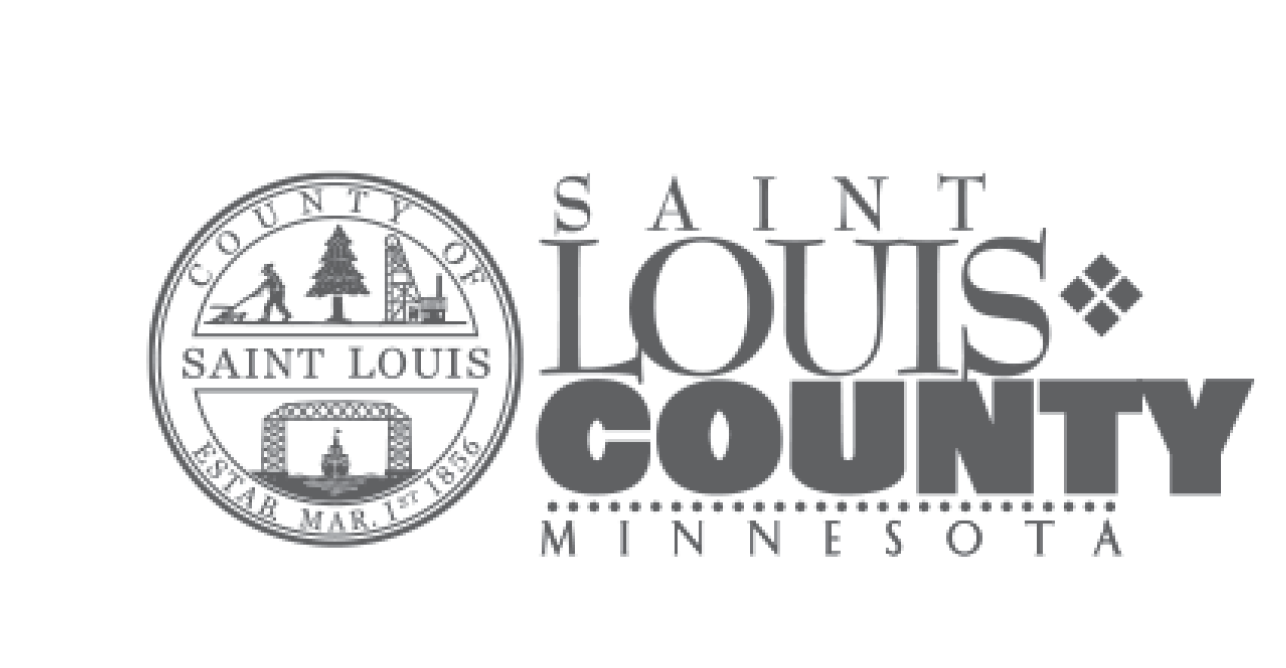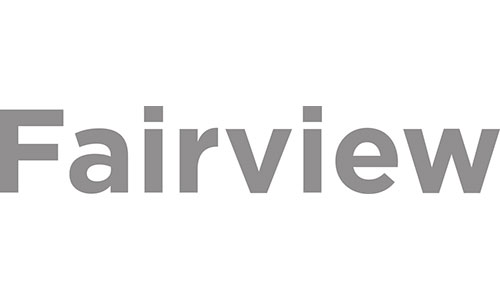In Part I of our “What is a Brand?” series, we cleared up a lot of the confusion surrounding logos. Just a quick recap, we’ve added the breakdown of a brand below:
- Logo: the primary visual symbol of your company
- Brand identity: alongside your logo, these are the consistent elements used to communicate to your audience (colors, fonts, photography, music, the voice or tone your company uses, etc.)
- Branding: the efforts done to help tell your company’s story
- Brand: the perception the public has of a company

Check out a graphic of the breakdown:

Now that you have these little nuggets of knowledge, let’s jump into the next integral component to our series, and that’s brand identity—or the consistent elements used to communicate to your audience (or, what we will simply refer to as identity).
What all goes into a company’s identity?
People tend to build relationships with company brands, which can be tricky to pinpoint and even more difficult to maintain or change. That’s why it’s important to provide consistency and to develop an effective content strategy. Note: your identity elements should be targeted and contain QUALITY. Here are a few elements of identity everyone should consider:
- Logo
Your logo is the primary visual identity of your brand. Your logo should be a representation of who you are while staying true to yourself and your work. Consider Nike, Target, Chevy, or Apple. As you read that, I bet the logos of each of these companies were the first images that came to mind. When you are creating your logo, consider how people are going to see your company and how you want to be represented. - Colors
Most people don’t consider how important colors are to a company’s identity. Colors create emotion while adding a certain element that helps define a brand. Think of how Tiffany’s & Co. has capitalized on perfecting their trademark blue, or the golden/yellow that shines from the McDonald’s arches. These companies have strategically marketed themselves around their color schemes, if a consumer sees their colors they know they will be at the forefront of their customer’s mind when it comes to making a purchase. Whether it be diamonds or fries, if consumers think of you simply by your color scheme, you know you’re doing something right. - Font
Ask yourself: does Comic Sans really reflect my company’s personality? A picture may say a thousand words, but your fonts happens to be a key player in the identity game. Are you going for bold or simple? Elegant or edgy? Pay attention to readability and legibility (how the fonts are arranged and how the word shape of each character forms a word) along with the proper font size, height, and spacing as each plays a role in how your content is read. Think of how you want to pair a title, subtitle, and body fonts and make sure you use it consistently throughout your content materials. - Imagery
According to marketing industry influencer Krista Neher, the human brain can process images up to 60,000 times faster than words (Source). In terms of identity, that’s why shapes, patterns, angles, icons, etc. are crucial to eliciting emotional responses that align with your company’s core values and mission. - Photography style
Photography style is instrumental in reinforcing identity. Photos can illustrate who you are to an external audience, while also conveying real moments and events associated with your company in a visually appealing way. Perhaps it’s a certain way you have people looking at or looking away from the camera; how objects are positioned; or maybe it’s the playful or monotone colors you use—you get the picture. - Tone and voice
How do you want to come across? Goofy? Clever? Intense? Tranquil? Casual? Professional? This is where it might be helpful to have a writer on board to help maintain some uniformity within your communication. Consistency with your tone and voice, as well as a mission statement and core values, will help develop trust with your audience while also conveying who you are. It’s more than simply making sure you’re not writing a goofy tagline for one ad, followed by an extremely serious one the next. People like consistency, and your target audience will catch on if you’re changing your tone or voice throughout your writing.
Recap
- Brand identity: alongside your logo, these are the consistent elements used to communicate to your audience (colors, fonts, photography, music the voice or tone your company uses, etc.)
- Determine your brand and target audience to help create and maintain a quality identity
- It takes a lot of time and consideration when it comes to creating your logo, visual images, colors, fonts, audio, video, and any other form of content to communicate your brand; make sure you are maintaining consistency throughout your communication
{{cta(’41d2d6e7-ba9a-47f0-813a-0055e698ba9e’)}}



